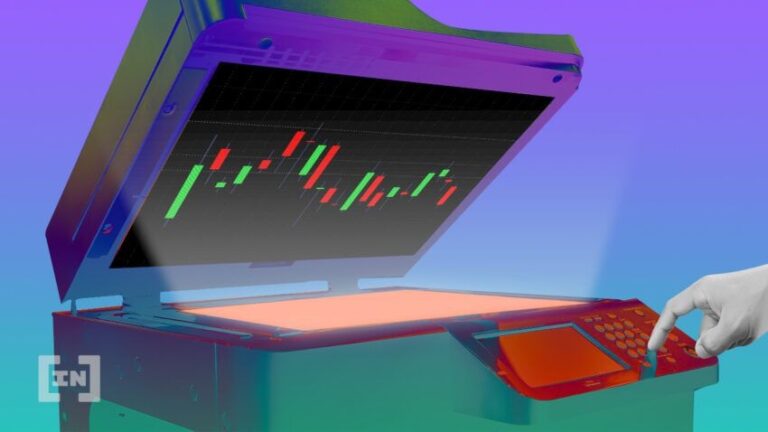As Singapore continues to be a hub for financial and investment activities, the interest in Exchange Traded Funds (ETFs) has risen. ETFs, also known as index funds, offer investors a simple, cost-effective way of diversifying their portfolios without requiring extensive research or expertise.
With many options, ETFs allow investors to invest in various assets, including stocks, bonds, commodities, and even currencies. Investors need a brokerage account and a certain amount of capital to start trading ETFs. The minimum amount required to begin trading ETFs in Singapore is typically around SGD 1000.
How to start trading ETFs
Investing in ETFs can be a lucrative addition to your investment portfolio. Before jumping into this market, understanding the steps involved in trading ETFs in Singapore is essential. It may seem daunting initially, but with the proper knowledge and guidance, you can start trading ETFs like a pro.
Understand the basics
Before investing in ETFs, it is essential to understand what they are and how they work. ETFs are funds that track a particular index, commodity, or basket of assets. They can be bought and sold like stocks on a stock exchange. The value of its underlying assets determines the price of an ETF. It is essential to research the different types of ETFs available and their risk profiles before making any investments. Some popular ETFs in Singapore are the Straits Times Index (STI), ABF Singapore Bond Index Fund, and Nikko AM STI ETF.
Traders should also know the costs of trading ETFs, such as management fees, brokerage fees, and bid-ask spreads. It is crucial to understand these fees as they can affect your overall returns. Investors must also research the market trends and economic conditions that may impact the performance of their chosen ETF.
Choose a brokerage firm
To start trading ETFs, you must open an account with a reputable brokerage firm. Many options are available in Singapore, including online brokers and traditional banks. One popular choice among investors is Saxo Bank Group. It provides an easy-to-use platform with access to various ETFs from different markets.
When choosing a brokerage firm, consider factors such as fees, customer service, trading platform, and availability of the ETFs you are interested in. Some brokers may offer lower prices, but their trading platforms may be less user-friendly or have limited ETF options. It is crucial to find a balance between cost and convenience.
It is also essential to understand the different types of brokerage accounts, such as cash and margin accounts. Each has advantages and risks, so research which type best suits your investment goals. Visit the Saxo Bank Group website to see which account types they offer and which suits you.
Open and fund an account
Once you have chosen a brokerage firm, the next step is to open and fund an account. Opening accounts vary among brokers but generally involves filling out an application form and providing necessary documents such as identification and proof of address.
After your account is approved, you can fund it with the minimum amount required to start trading ETFs. Some brokers may require a higher initial deposit, so they must carefully read their terms and conditions. Many brokers offer payment methods, including bank transfers, credit cards, and e-wallets.
It is essential to remember that the funds used for ETF trading should be money you can afford to lose. As with any investment, there is always a risk of losing money and only investing what you can handle is crucial.
Research and select an ETF
Once your account is funded, it’s time to research and choose an ETF that fits your investment goals. You can use your brokerage firm’s research tools or your analysis using online resources. It is recommended to diversify your investments and not put all your money into one ETF.
Consider factors such as the fund’s track record, expenses, and the underlying assets it tracks before deciding. Some ETFs may also offer dividends, which can be an additional source of income for investors.
Traders can also invest in ETFs that track a commodity, specific sectors, or regions to diversify their portfolios further. However, it is essential to keep an eye on market trends and economic conditions that may impact the performance of these ETFs.
Place a trade
After selecting an ETF, it’s time to place your trade. Using the trading platform your broker provides, you can enter the symbol for your chosen ETF and specify the number of units you want to buy or sell. Ensure that you double-check all the details before submitting your trade.
It is also crucial to have a trading plan and stick to it, whether it’s buying and holding for the long term or actively trading based on market trends. Emotions can affect investment decisions, so having a well-thought-out plan can help avoid impulsive trades.
Remember to keep track of your investments and regularly review your portfolio to make necessary adjustments.

